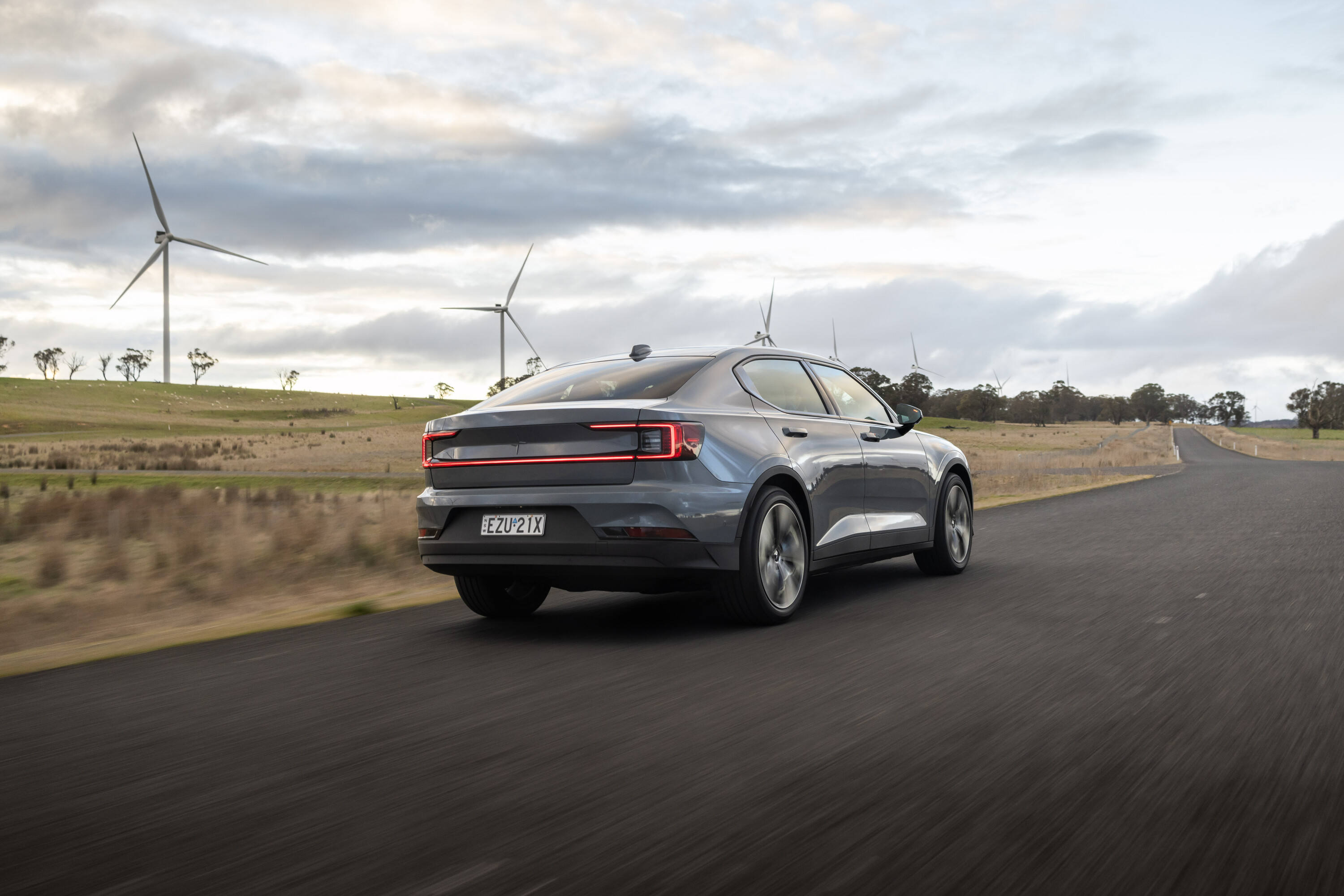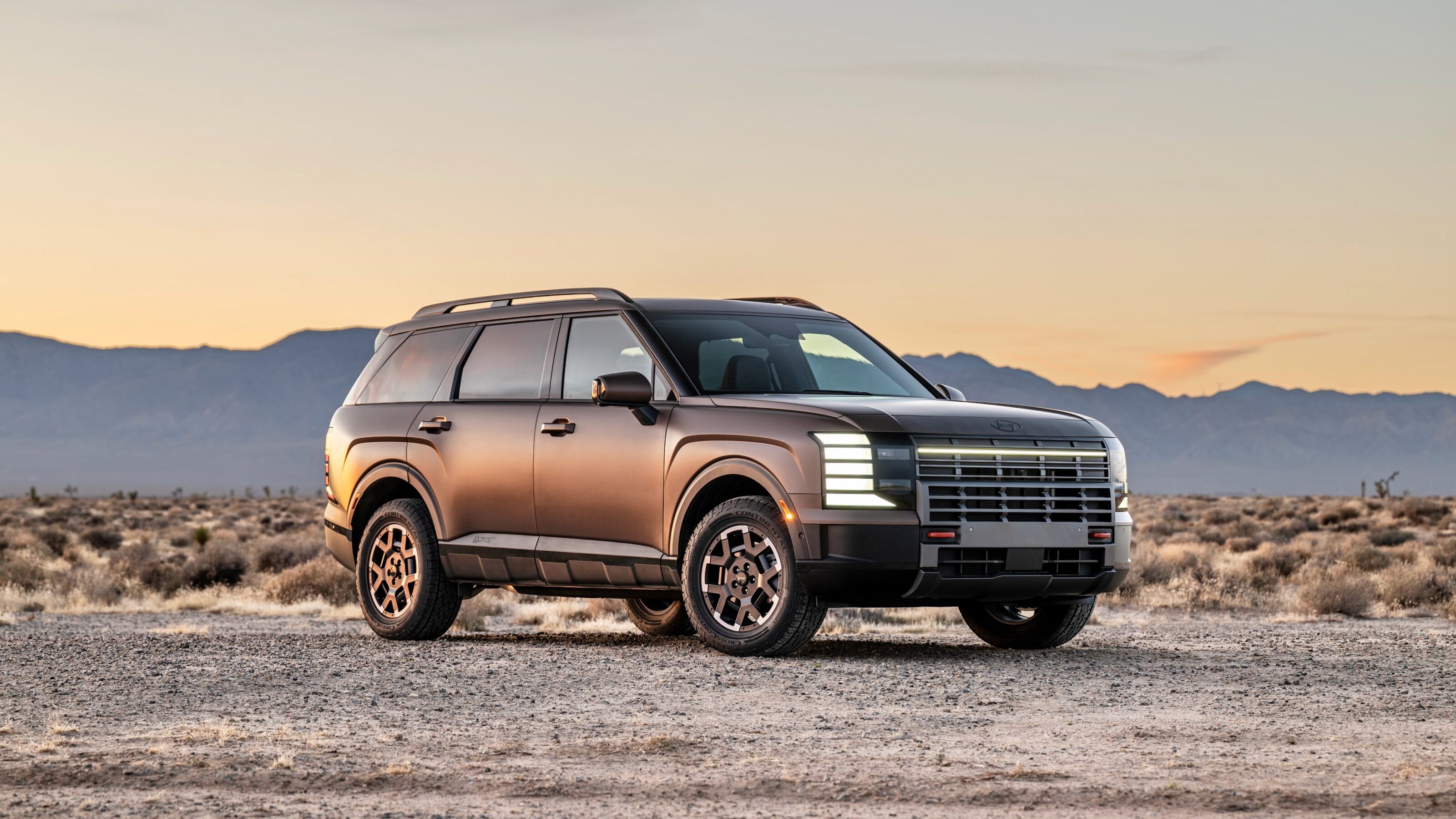It’s no secret that selling more cars makes more money and that, in our society, making more money is the aim of the game.
Except, sometimes that isn’t the case. Instead of more cars, you can sell them at higher margins. That’s what brands like Honda, Mazda, Hyundai and others are chasing as they move their images (and prices) upmarket.
Meanwhile, Chinese-made cars are flooding Australian shores with cheap prices and healthy stock levels being key sales motivators. Tesla is a key example, delivering boatloads of Model 3s and Model Ys to Australians monthly.
Polestar’s a little different. Yes it’s a premium brand, and it is charging more money for its products than, say, Tesla (the longest range Model 3 is $1000 cheaper than the equivalent Polestar 2) but Polestar’s vehicles aren’t wildly out of line with expectations – in fact the 2 undercuts Hyundai’s Ioniq 6 rival.
Polestar is also very much about increasing EV uptake for the broader population and is keen to have a big impact on impending fuel efficiency standards that may be here by 2025.
I think Australia needs to really embrace the first step
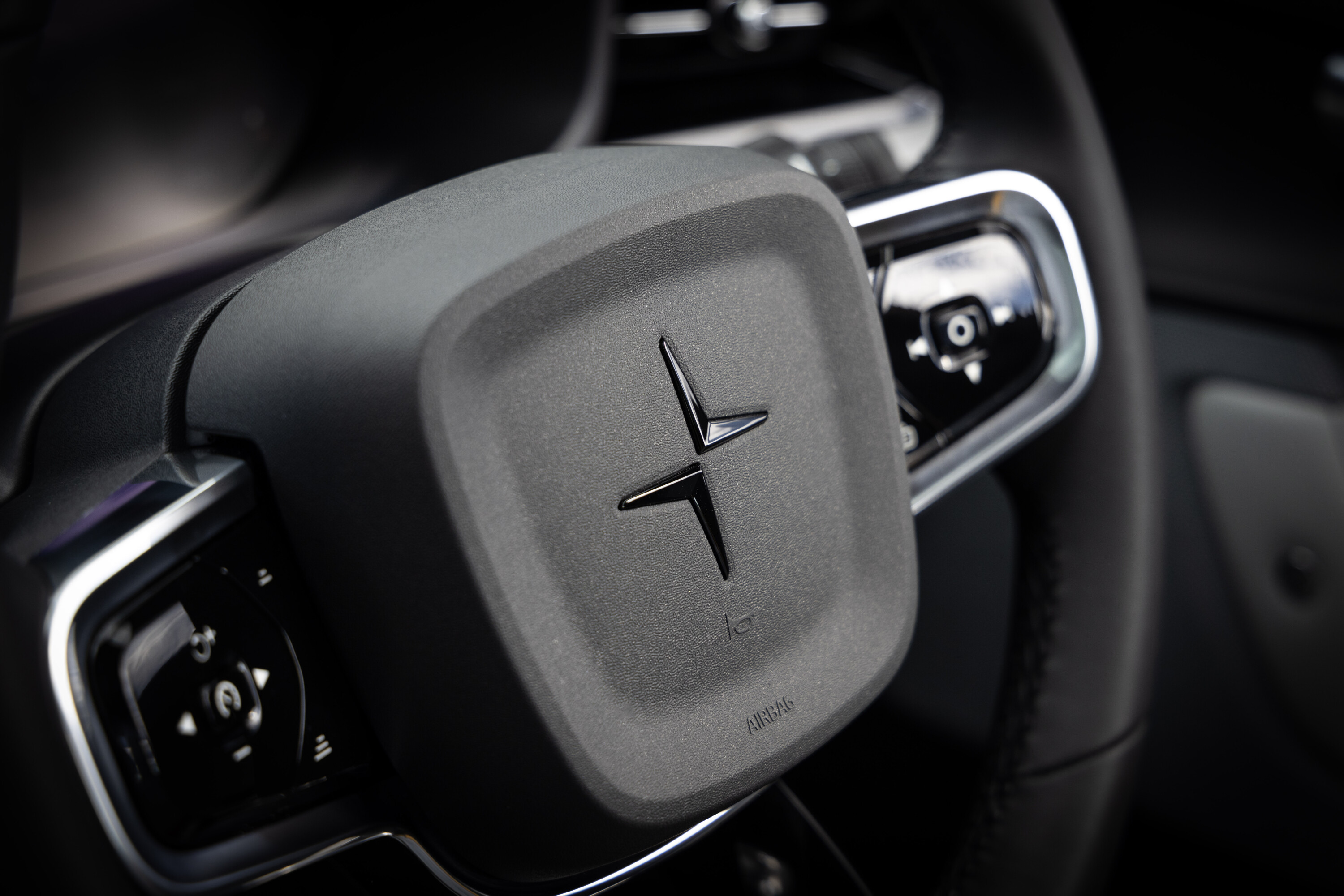
When Wheels asked Samantha Johnson, head of Polestar Australia, what sales figures would make her and the team happy come 2025 with all four models (2, 3, 4, and 5) on sale, she shrugged the question off.
“We don’t provide projections”, Samantha told Wheels. “We’ll keep giving [sales] updates as we go each month but [where we are is] very healthy for us.
We see our brand being very different to what’s out there in the market, we’re very confident in who we are and our sustainability messaging. We really are part of that community and part of building EV infrastructure in Australia and making sure we’re doing what we can with policy advocacy, end-of-life battery recycling, and doing what we can to be part of that story
And, when asked what could bring Polestar’s sales figures up higher than Teslas, Johnson firmly reiterated that ‘beating’ other brands isn’t the goal. The still-small Polestar operation is about growing sustainably, with strategic expansion into EV-friendly areas of North Sydney and Canberra involving new experience centres next.
The company, (currently on track for around 3000 sales this year) is likely to increase market share to over 5000 units annually, as a conservative estimate.

What are Polestar’s goals, then?
Corporate altruism is a strange thing and it can be hard to trust a billionaire-backed structure. Funnily enough, when a company opens up a line of questioning itself – for example, Polestar’s choice to trace materials such as lithium and cobalt using Blockchain technology to minimise human rights abuses – it becomes much easier to interrogate its ethics.
But Apple (whose laptop I’m typing on right now, between texting questions to people on my iPhone) and car companies have typically retained opaque supply chains – staying quiet invites less questioning.
Polestar is in a unique position to other Chinese-owned carmakers, too. MG, for example, now falls under SAIC’s brand umbrella, a company that’s a state-owned enterprise where Geely’s chairman is billionaire Chinese businessman Li Shufu.
Polestar remains open in its self-critique, using lower CO2 figures achieved to build Polestar 2s (that has dropped 15 per cent since launch) as marketing material. By refining material sourcing, Polestar is trying to lead by example. Tesla, for example, does not tout the amount of CO2 involved in producing a Model 3 sedan, or how much is used to ship it to its final destination.

“We can’t go on this journey on our own. There’s a lot that needs to be done from a sustainability perspective, and also in protecting human rights, and it can’t be one company or one industry that does all the work,” Samantha told Wheels.
Attempting to limit global temperature increase to a ‘safe’ 1.5ºC by 2030, as the IPCC report recommends, requires all industries to work together. For the auto industry, that means drastically reducing emissions from tailpipes, in vehicle production, and supply chains. This requires an openness, says Polestar.
As for what can drive people to reduce emissions? Polestar sees this firstly as a legislature issue and continues to consult with government and industry bodies as it pushes for fuel efficiency standards that may arrive in 2025.
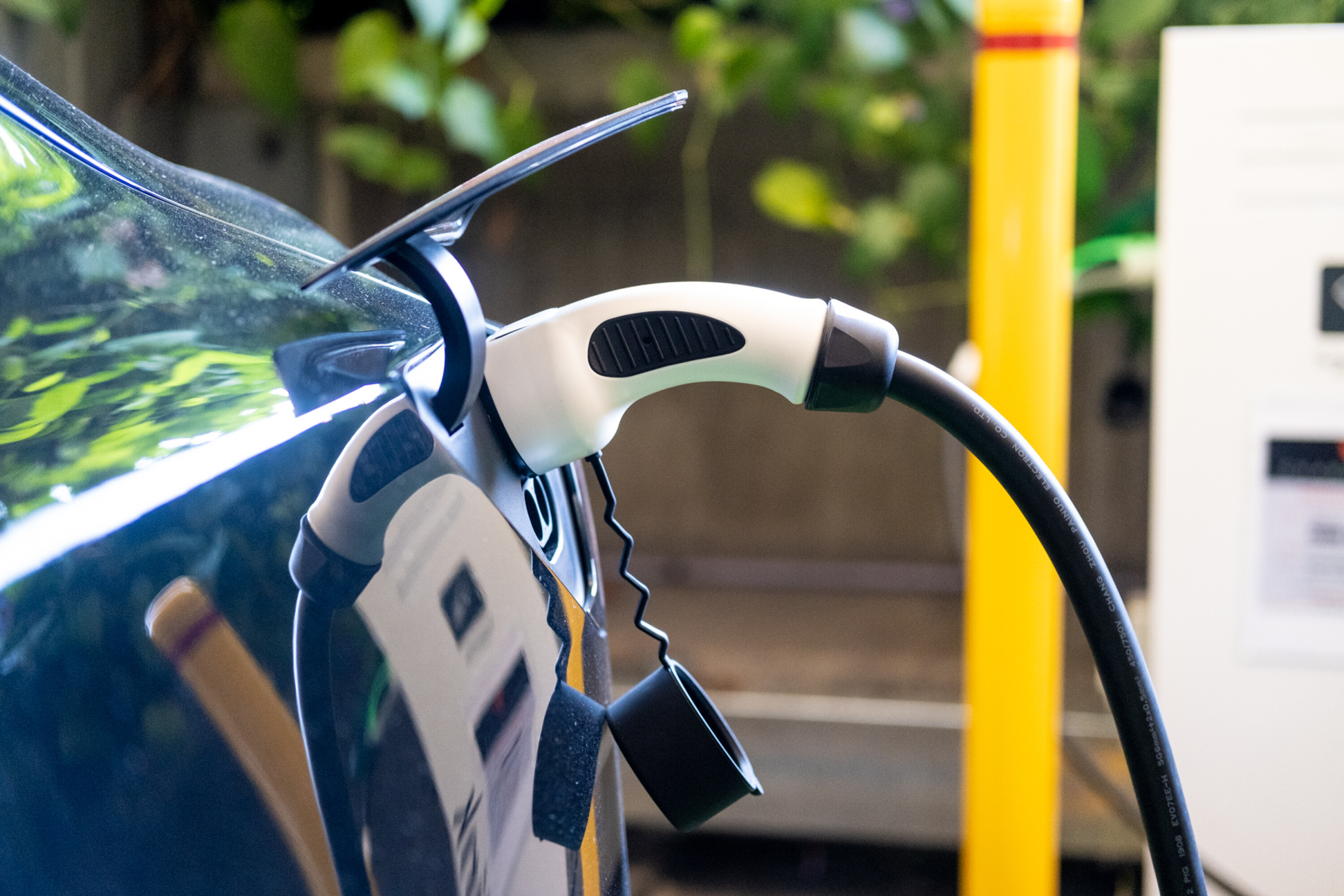
“Until we have [fuel efficiency standards] in place, we’re going to end up with the old petrol and diesel cars”, said Samantha. She sees this as the first step – to make it easier for manufacturers to justify bringing low-emissions vehicles to Australia.
When asked if she thought New Zealand’s approach could work, she replied “firstly, it’s about putting the standards in place, and maybe then it is penalties.
“If you have a fee-bait scheme [like NZ] it adds a lot [of policy] in one go, I think Australia’s just really getting to that first stage. So put stage one in place, and then move to that next stage when you’ve got there. I think Australia needs to really embrace the first step”, she told Wheels.
We recommend
-
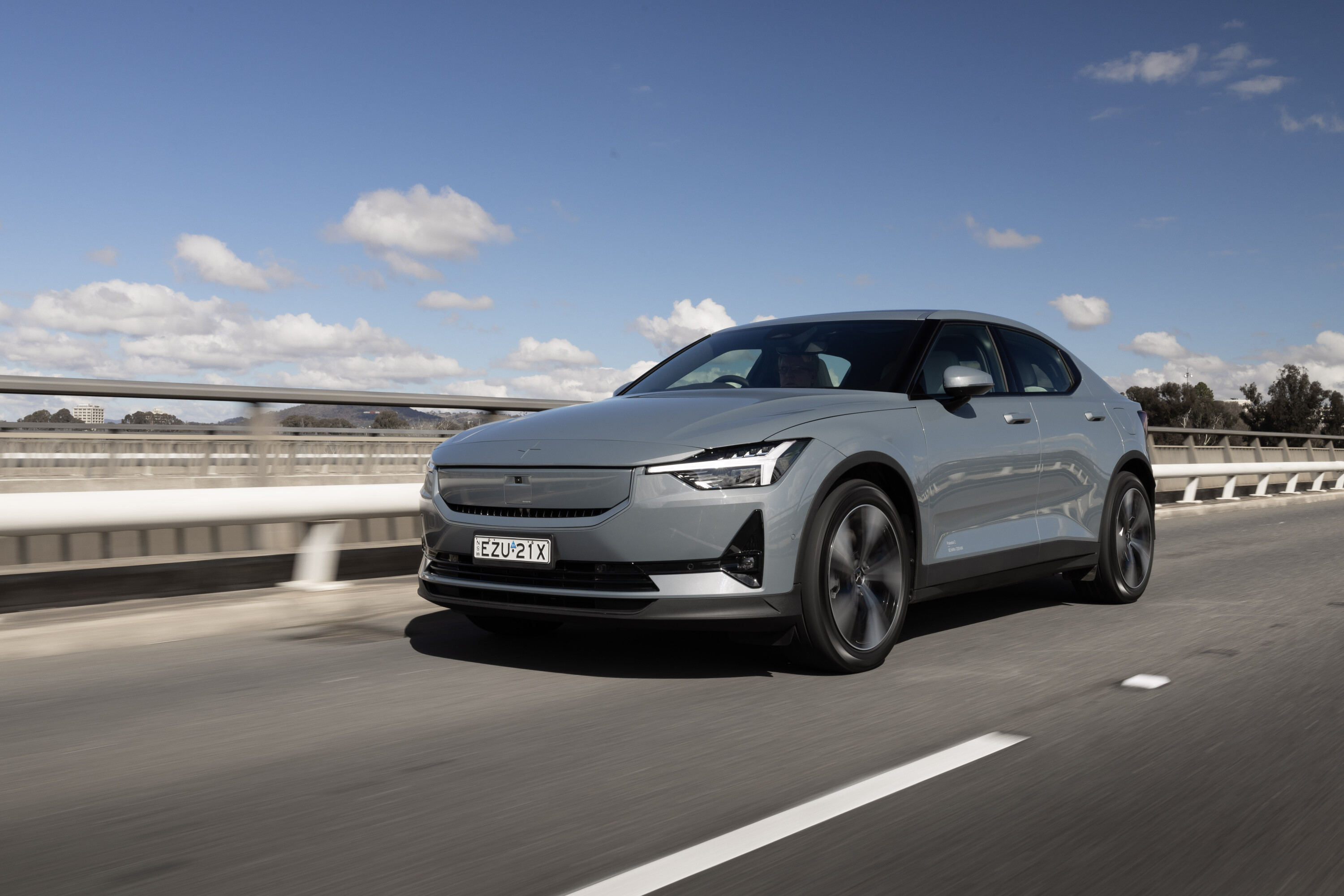 News
News2024 Polestar 2 pricing and features: Rear-drive sedan arrives
The updated Polestar 2 goes rear-wheel drive and adds plenty of range
-
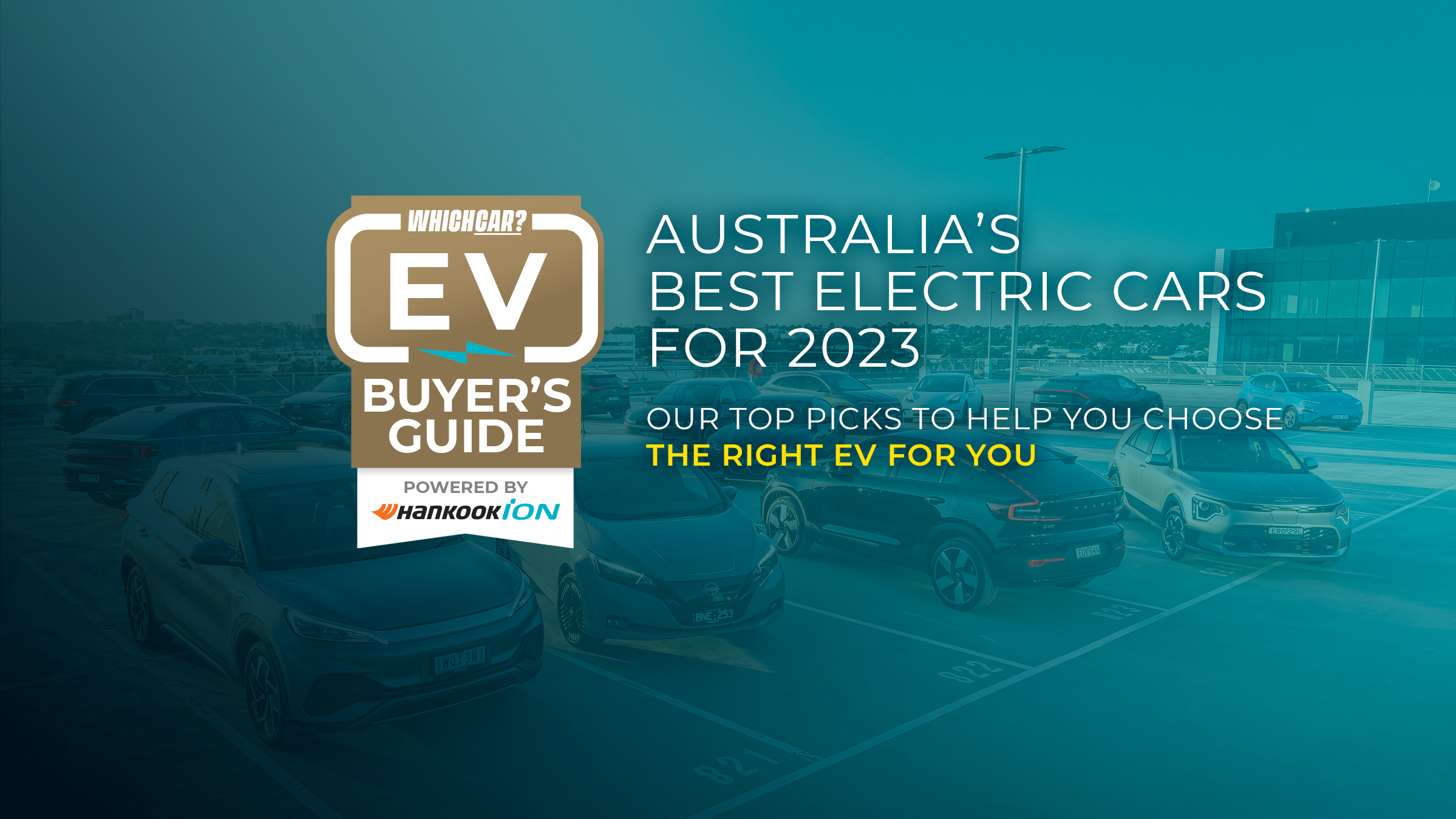 Advice
AdviceAustralia's best electric cars for 2023
We’ve tested nearly every EV below six figures in Australia to rank the best on sale today
-
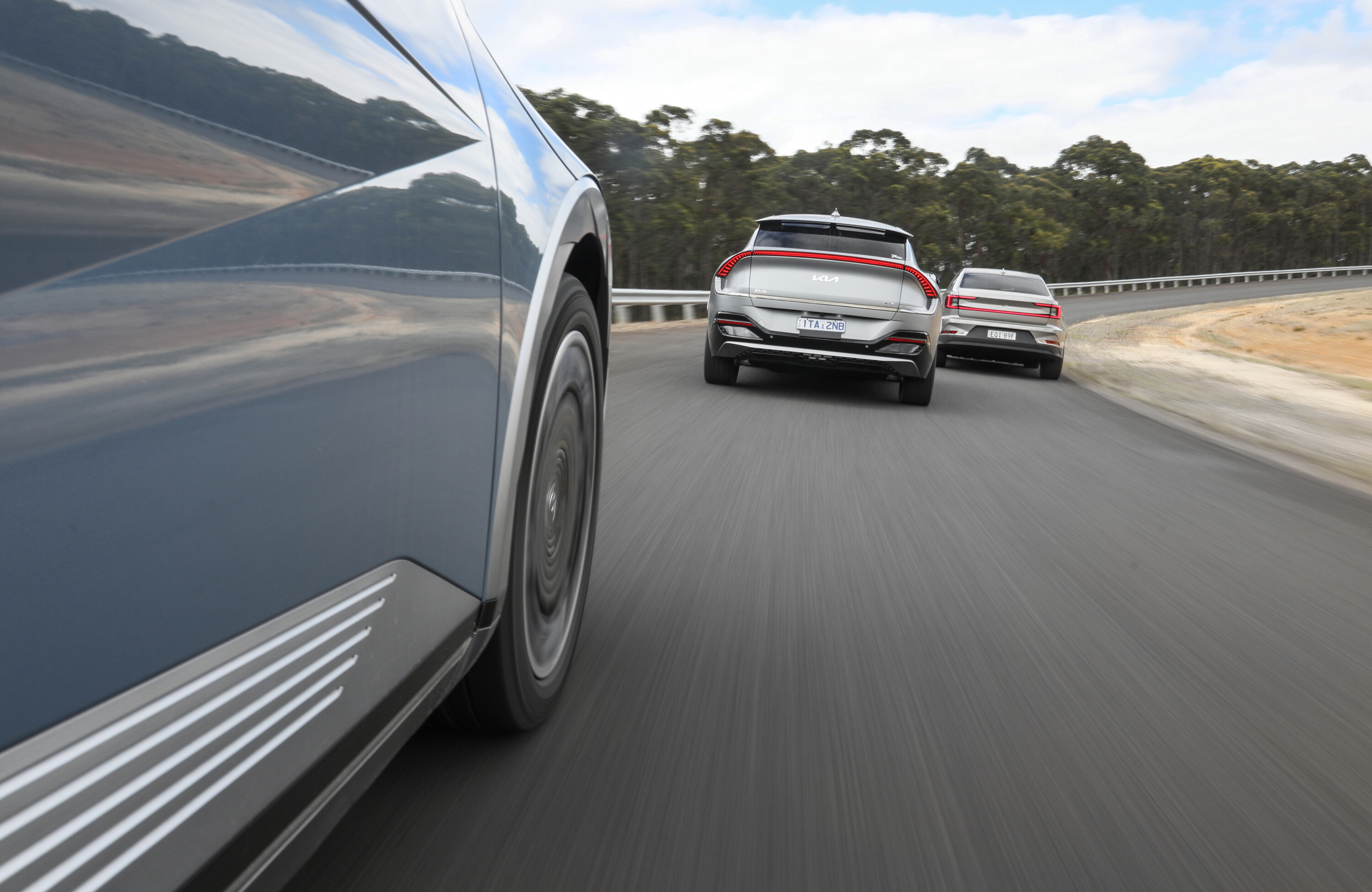 Advice
AdviceHow far can electric cars go in Australia? Full EV driving range list!
The ultimate list of every EV available in Australia and how far they claim to take you on a single charge


